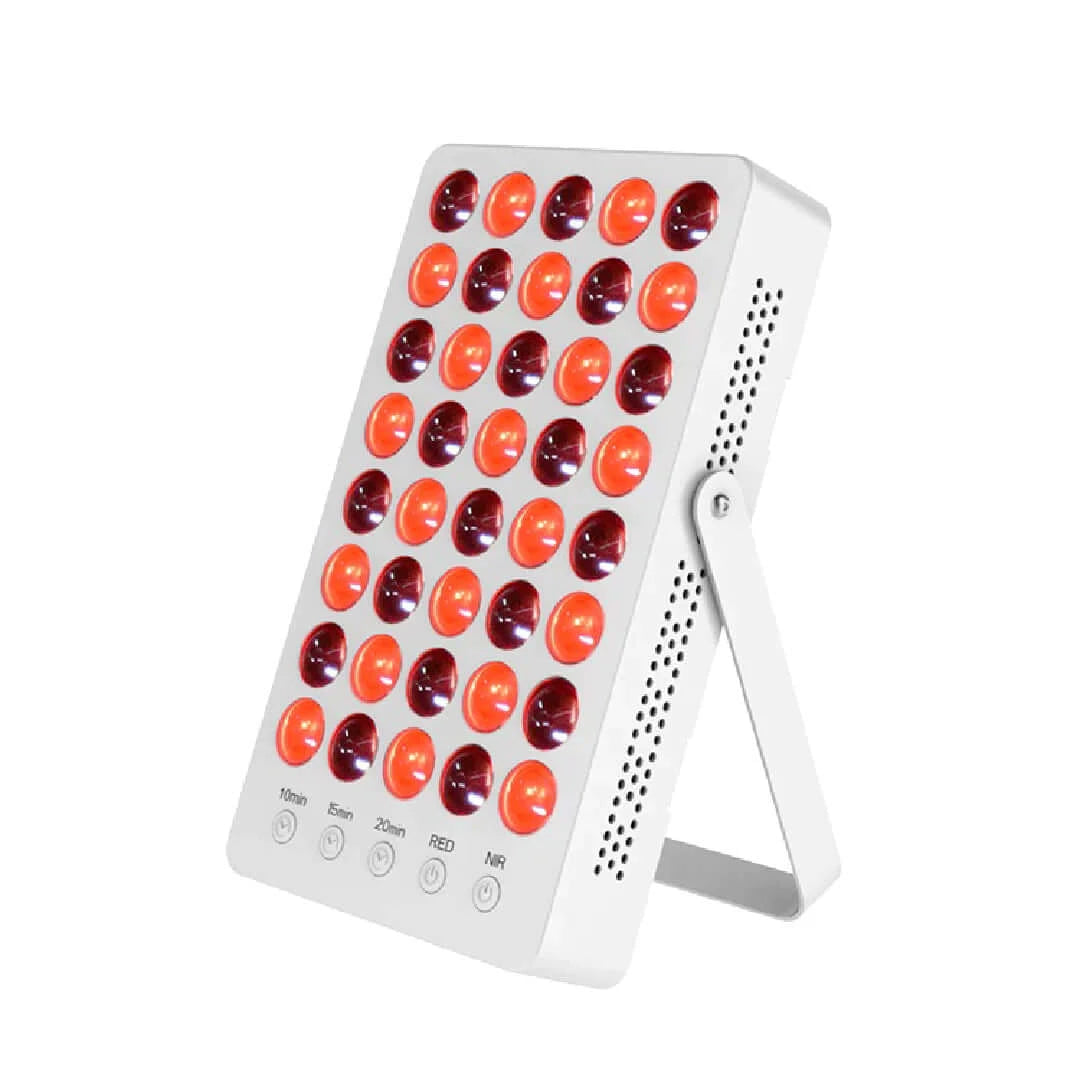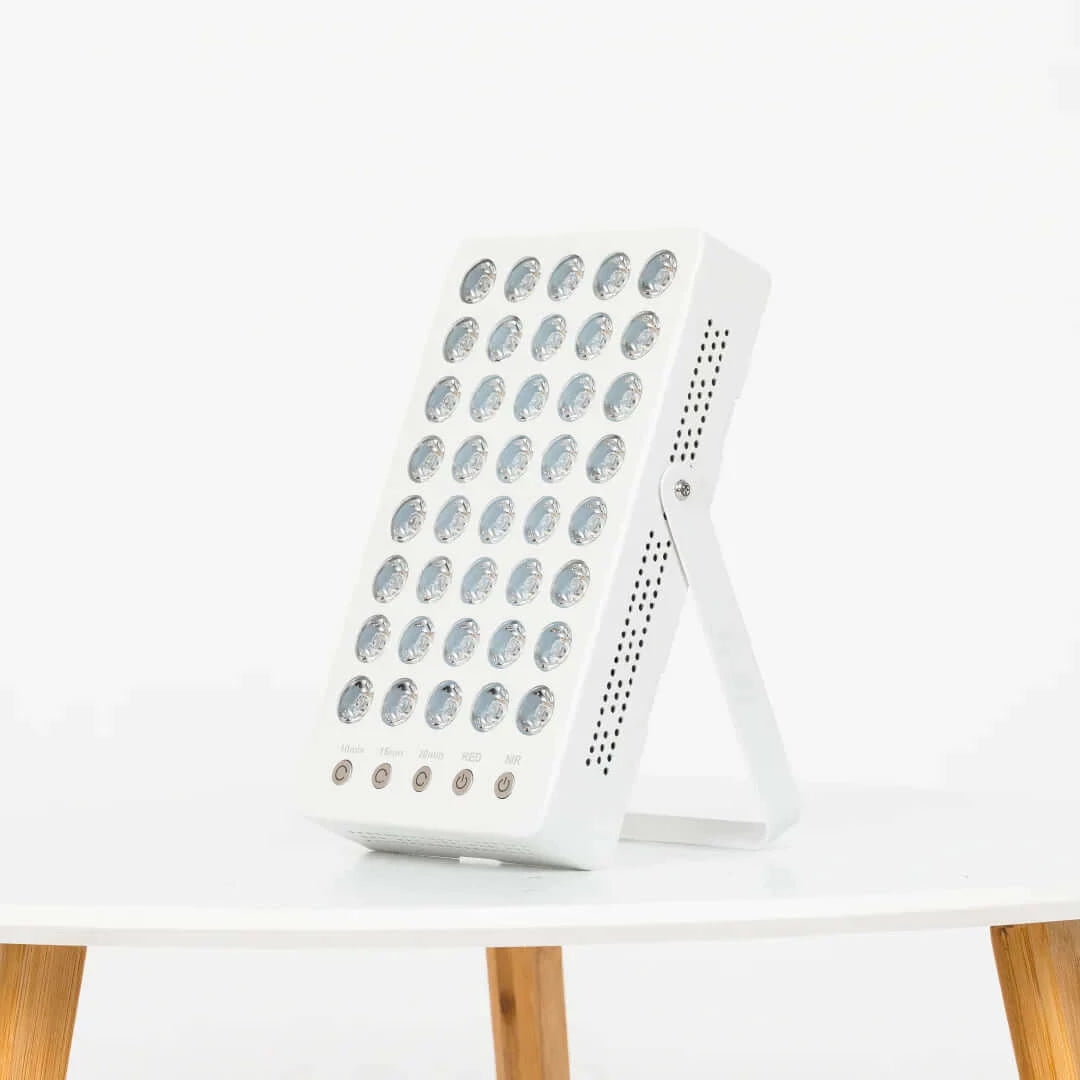How to Use Red Light Therapy for Muscle Recovery
Red light therapy for muscle recovery uses specific wavelengths of red and near-infrared light to support muscle recovery after exercise. It boosts cellular energy production in cells, which speeds up healing, reduces muscle soreness, and relieves muscle fatigue. Many fitness enthusiasts and elite athletes rely on red light therapy for exercise recovery since it targets human muscle tissue and other targeted areas impacted by intense physical activity. Red light therapy helps with conditions like delayed onset muscle soreness (DOMS) and muscle damage, enhancing overall sports performance.
Key Takeaways
-
Red light therapy encourages cells to produce more energy, leading to faster healing, improved joint health, and reduced inflammation.
-
Choose red light therapy devices that match the size of the area you want to treat.
-
Use light therapy before and after workouts for optimal muscle repair.
-
Pair red light use with hydration, nutrition, and rest to recover faster and strengthen muscle mass.
-
Track progress to observe improvements in athletic performance and muscle strength.
Understanding Red Light Therapy
What Is Red Light Therapy?
Also known as low-level laser therapy (LLLT) or photobiomodulation in human muscle, red light therapy uses specific wavelengths of red and near-infrared light. This light penetrates deeply into muscle tissue, bones, and blood vessels, supporting cellular functions and tissue repair. Studies suggest it may even aid collagen production, which helps strengthen muscle fibers.
How Red Light Therapy Works
Red light therapy stimulates cell function and boosts collagen production, decreasing muscle damage and reducing delayed onset muscle soreness (DOMS). Clinical trials and randomized controlled trials have shown that red light therapy for muscle recovery enhances joint health and improves fitness goals. Additionally, double-blind studies support its effectiveness in reducing soreness and helping to recover faster.
Key Benefits of Red Light Therapy
-
Reduces muscle soreness and inflammation
-
Speeds up recovery time between workouts
-
Improves muscle strength and endurance
-
Enhances overall athletic performance
-
Non-invasive and safe for regular use
Choosing the Right Device
Factors to Consider When Selecting a Device
When selecting a red light therapy device, consider how much muscle tissue you need to treat. Larger panels, like the PRO4500 Red Light Therapy Panel, are ideal for covering extensive areas, such as the back or legs, providing optimal coverage for muscle mass and muscle fibers. For smaller targeted areas, compact handheld light-emitting diode (LED) devices may be more practical.
Optimal Device Features for Muscle Recovery
Choose devices that emit specific wavelengths of both red and near-infrared light for effective muscle recovery. Light-emitting diodes (LEDs) with optimal intensity ensure deeper penetration into muscle tissue, helping decrease inflammation and enhance recovery.
Preparing for Your Red Light Therapy Treatment
Steps to Maximize Effectiveness
-
Cleanse your skin to allow maximum light penetration.
-
Position the device 6-12 inches from the skin for optimal results.
-
Create a comfortable environment for your treatment—relax and prepare for enhanced recovery.
Timing Your Sessions
Use red light therapy both before and after exercise to maximize muscle recovery. A brief session before working out can increase blood flow, prevent muscle damage, and promote muscle repair. Post-exercise use of red light therapy helps reduce inflammation and supports muscle repair, ensuring better mobility.
Targeting Specific Muscle Groups
How to Focus on Key Muscle Groups
Targeting specific muscle groups after your workout aids in faster recovery and muscle repair. Apply red light to high-impact areas, like the legs after leg day, for the best results.
Techniques for Improved Performance
Using a large panel or multiple LEDs can enhance athletic performance and support muscle growth. Low-level laser therapy (LLLT) is particularly effective for areas prone to muscle fatigue, such as the lower back, helping improve mobility over time.
Combining with Other Recovery Techniques
Supportive Techniques for Comprehensive Recovery
-
Stay hydrated and eat nutrient-rich foods for optimal cell function.
-
Include stretching and joint health exercises to support muscle recovery.
-
Wear compression gear to enhance blood flow.
-
Use foam rolling to relieve muscle soreness and tension, as it complements the biochemical markers improved by red light therapy.
Benefits of a Holistic Approach to Muscle Recovery
Pairing red light therapy with these methods enhances muscle repair, encourages better mobility, and supports faster recovery times by addressing markers of muscle damage related to onset muscle soreness (DOMS).
Tracking Your Progress
Keeping track of how red light therapy is helping you is important. Here's how you can do it:
1. Use a notebook or an app on your phone to write down when you use red light therapy.
2. Before each session, rate how sore your muscles feel from 1 to 10.
3. Notice if you can move better or feel stronger after using the therapy.
4. Keep track of how well you do in your workouts, like how much weight you can lift or how far you can run.
5. Write down how well you sleep each night.
6. Take pictures of any bruises or swollen areas to see if they get better faster.
7. Note how you feel overall - do you have more energy?
8. See if you need less time to feel better between hard workouts.
9. Look back at your notes every few weeks to see if you're improving.
10. If something is working really well, you might want to do it more often. By keeping track of all this, you can see how red light therapy is helping you and make changes to get even better results.
Key Benefits of Red Light Therapy for Muscle Recovery
- Reduces muscle soreness and inflammation
- Speeds up recovery time between workouts
- Improves muscle strength and endurance
- Enhances overall athletic performance
- Non-invasive and safe for regular use
Safety Considerations
While red light therapy is usually safe, it's important to use it carefully. Here are some things to keep in mind: 1. Always follow the instructions that come with your device. 2. Start with short sessions to see how your body reacts. 3. You might feel some warmth or see your skin get a little red, but this should go away quickly. 4. Don't look directly at the light - it could hurt your eyes. 5. If you have any health problems, especially with your skin or eyes, ask a doctor before using red light therapy. 6. Some medicines can make your skin more sensitive to light. Check with your doctor if you're taking any medications. 7. Don't use red light therapy on open cuts or infections without asking a doctor first. 8. If you're pregnant, talk to your doctor before using red light therapy. 9. Keep your device clean according to the instructions. 10. If you notice anything unusual happening to your skin, stop using the device and talk to a doctor. By following these safety tips and talking to your doctor if you have any concerns, you can use red light therapy safely to help your muscles recover.
Conclusion: Embrace the Benefits of Red Light Therapy for Muscle Recovery
Red light therapy is an innovative solution for muscle recovery and exercise recovery. By targeting muscle tissue with specific wavelengths, it promotes faster recovery, tissue repair, and increased blood flow. For both professional athletes and fitness enthusiasts, red light therapy can help reduce muscle soreness and boost sports performance.
If you're interested in trying red light therapy to help your muscles recover faster, take a look at our red light therapy equipment. Whether you're a serious athlete or just someone who likes to stay fit, red light therapy might be able to help you feel better after your workouts and maybe even improve how well you perform. Give it a try and see how it can help you in your fitness journey!
Faster Muscle Recovery
Reduces muscle soreness and speeds up recovery time between workouts
Reduced Inflammation
Decreases inflammation in muscles and joints, promoting quicker healing
Improved Performance
Enhances athletic performance by increasing energy production in cells
Enhanced Injury Prevention
Strengthens muscles and tissues, potentially reducing the risk of injuries







